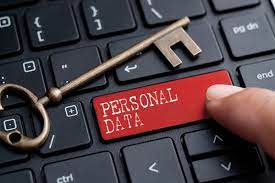The risks to privacy from collecting and storing personal information
Personal information collection and storage carries serious privacy issues that affect both people and society as a whole. One of the main worries is the possibility of data breaches, in which hackers and cybercriminals use stored personal information as a target. Sensitive information, including financial records, medical histories, and personally identifiable information (PII), may become public knowledge in the event of a breach. This could result in identity theft, financial fraud, and other types of exploitation. Such hacks have serious repercussions for the impacted individuals as well as the larger community since they not only violate people's privacy but also undermine confidence in the institutions in charge of protecting their data. Furthermore, worries regarding monitoring and surveillance are sparked by the pervasive gathering and storing of personal data. Collected data may be used by governments, businesses, and other organizations to spy on people, keep tabs on their whereabouts, and observe their habits. The ubiquitous monitoring violates people's right to privacy and self-determination, perpetuating a climate of constant observation and undermining individual liberties. Additionally, when people's preferences, routines, and vulnerabilities are commoditized and used for profit without their express consent, the use of acquired data for profiling and targeted advertising can result in manipulation and abuse. It was discovered in 2018 that millions of Facebook users' personal information had been collected without their knowledge or permission by the political consulting firm Cambridge Analytica. During the 2016 US presidential election, psychographic profiles based on this data were developed for focused political advertising. The controversy damaged users' confidence in the way their data is managed and brought attention to the possibility that personal information gathered through social media platforms could be used for political manipulation.
Learn more








